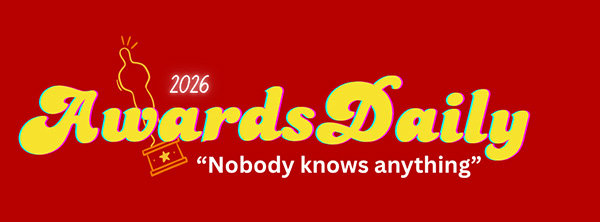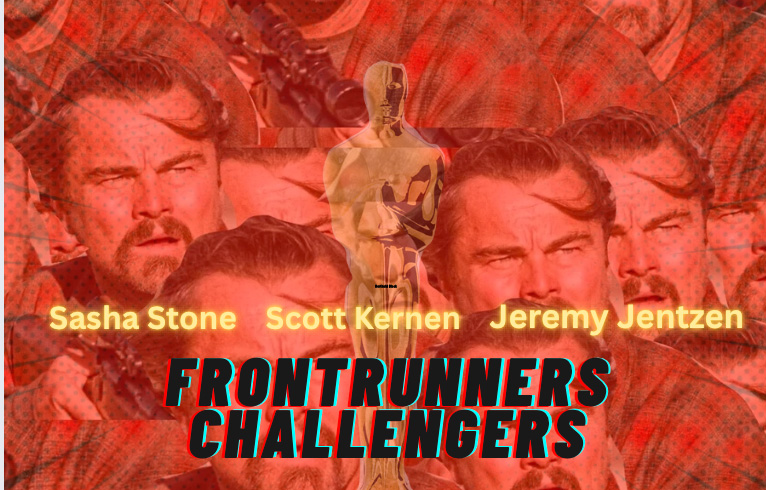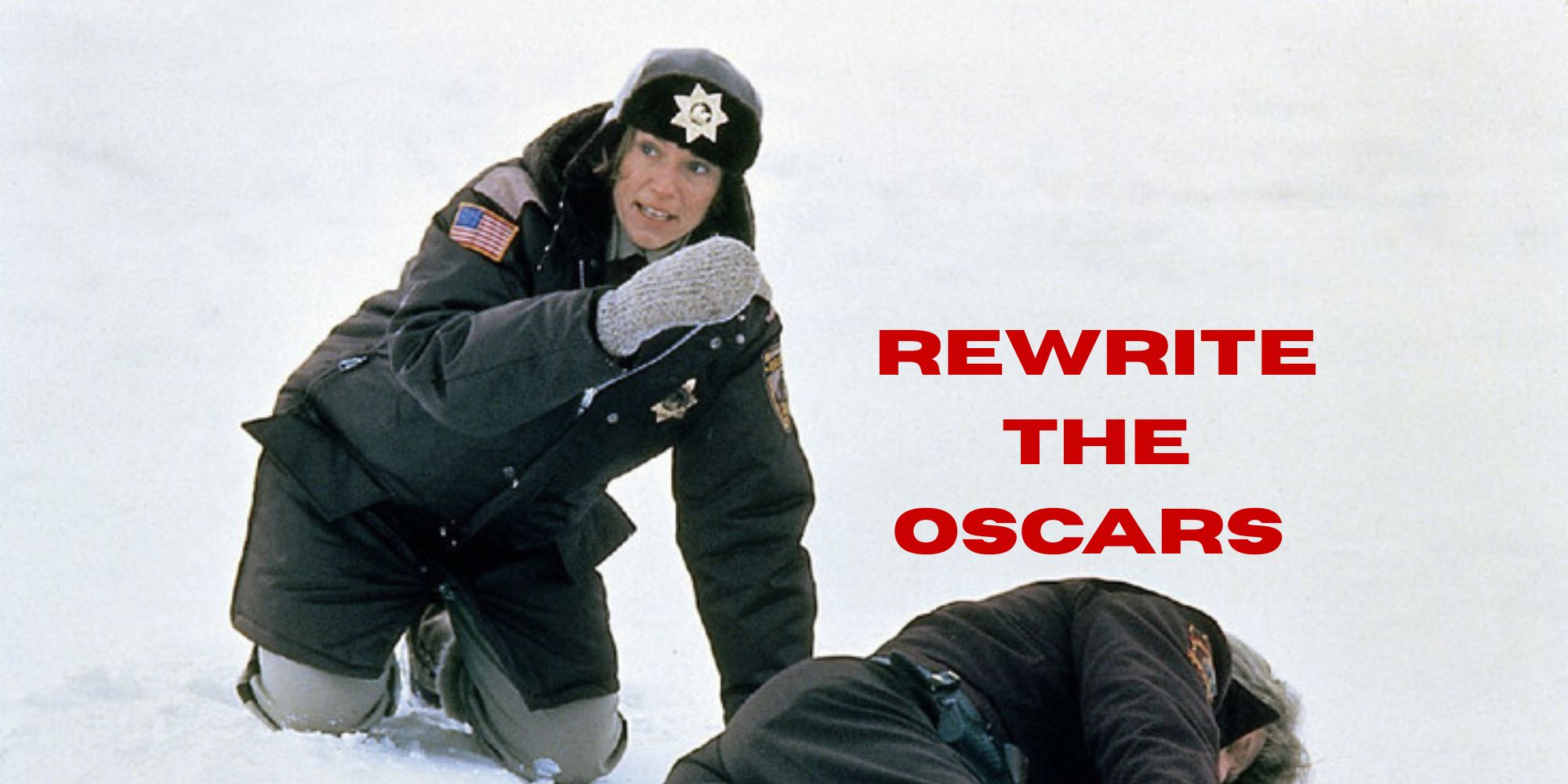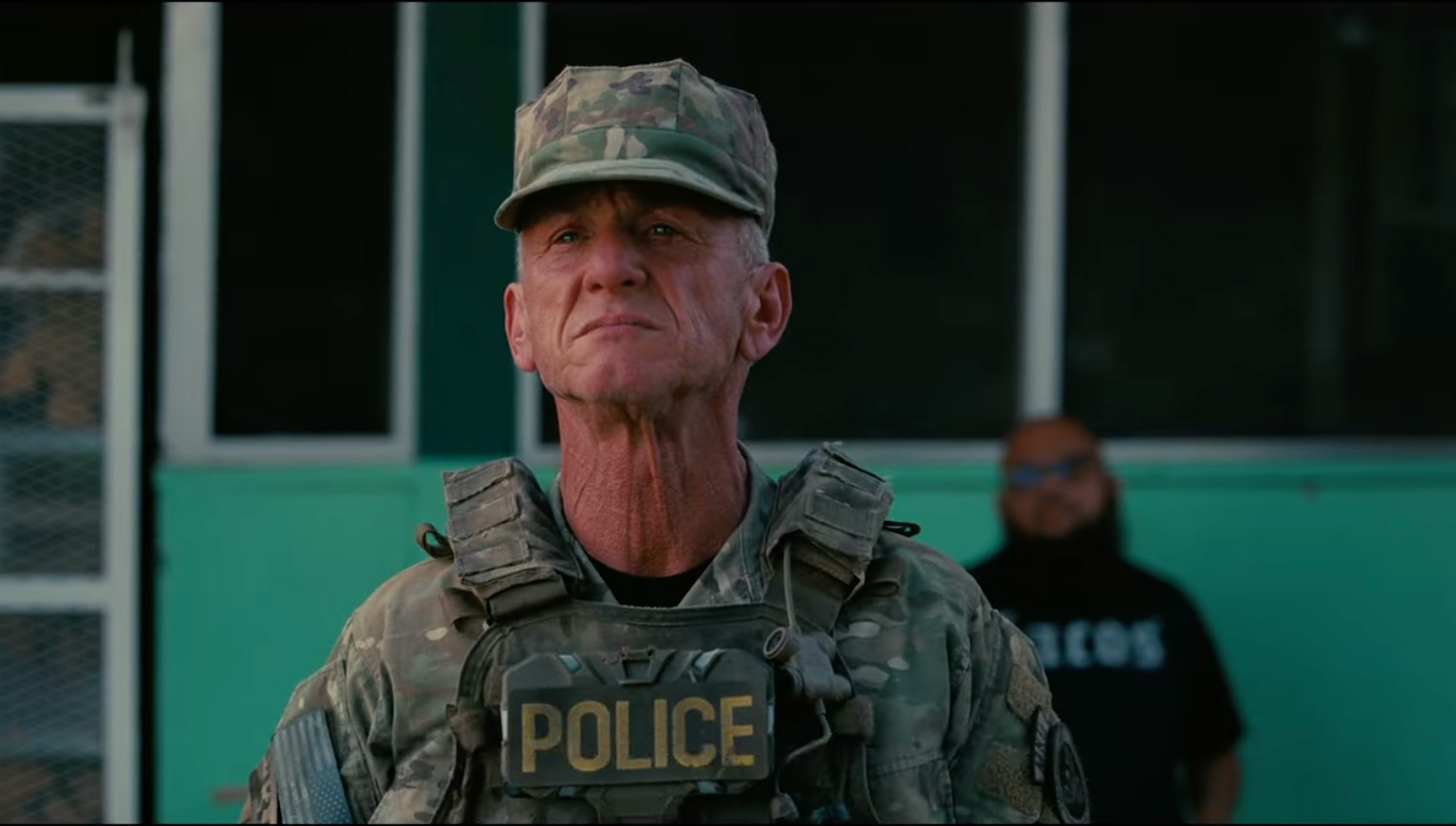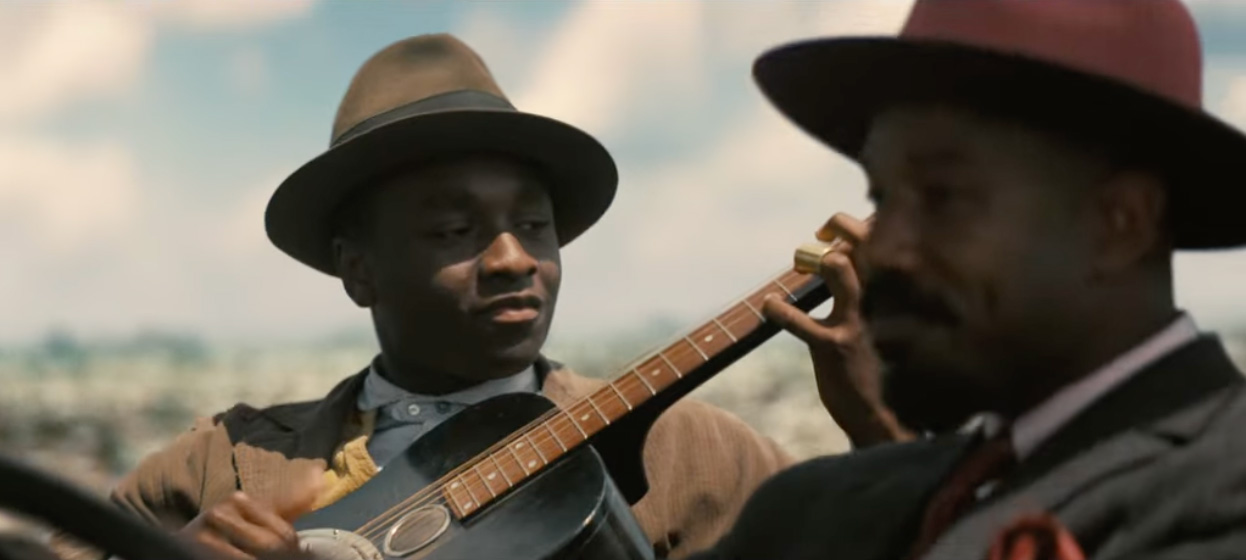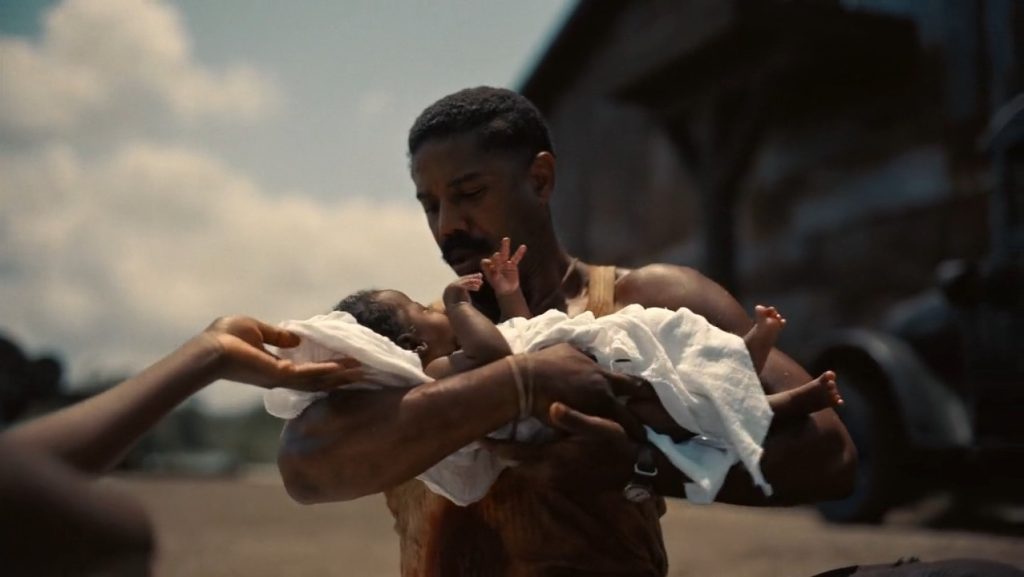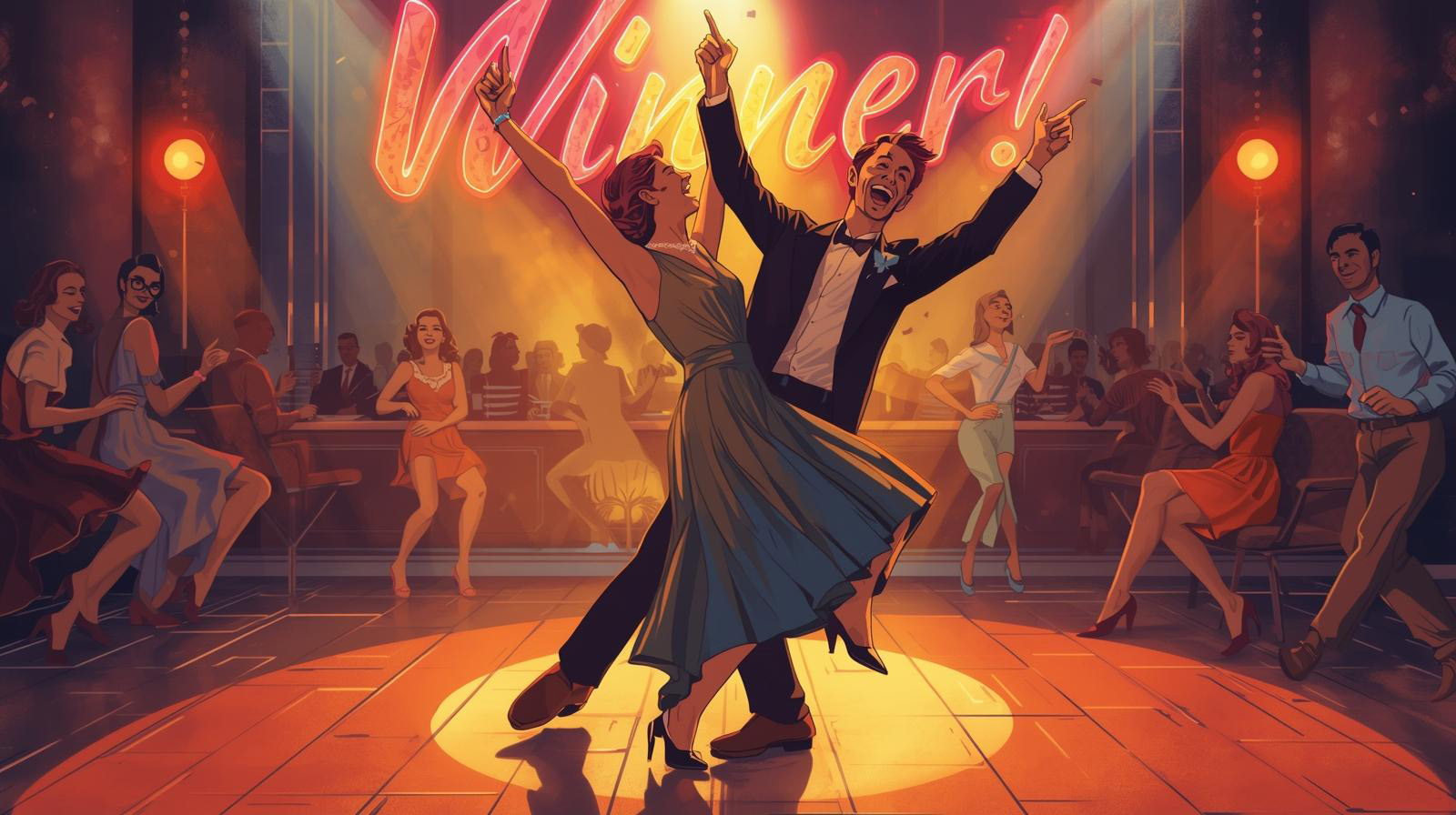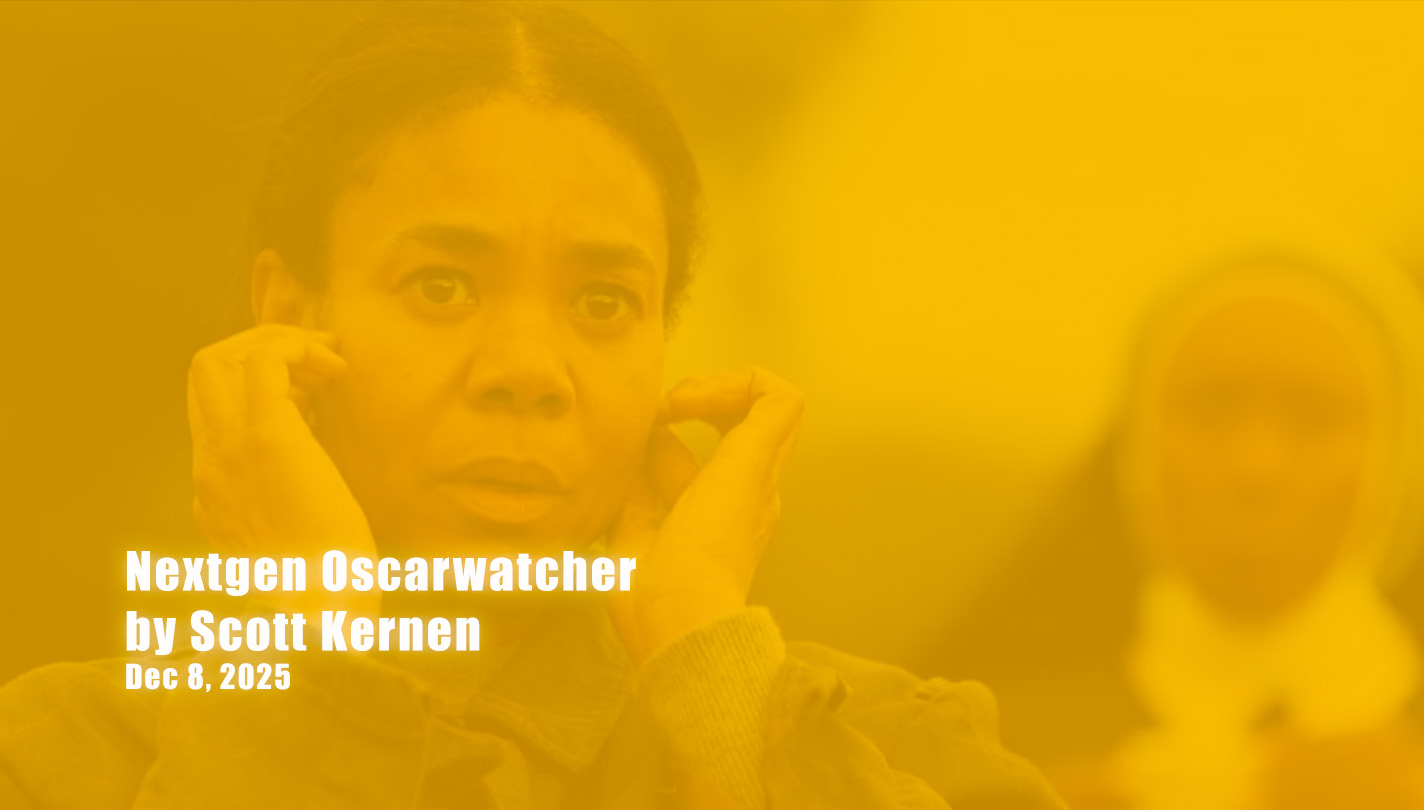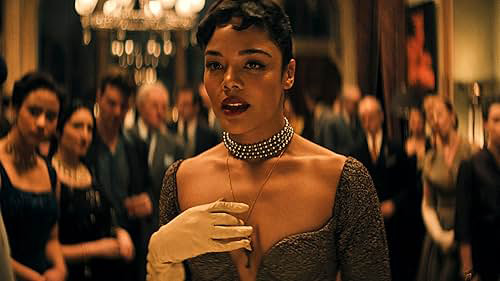Actress Eva Longoria makes her feature directorial debut with Flamin’ Hot, tracing the story of how Richard Montañez, a low-level janitor at Frito-Lay upended the snack food industry with Flamin’ Hot Cheetos, creating a billion-dollar brand and global sensation.
Flamin’ Hot is really a love story, following Richard and his wife Judy from their lowly childhoods in California to their modern-day success. Their unwavering support for one another is the backbone of the film, brought forth in electric, heartfelt performances by Jesse Garcia and Annie Gonzalez.
Longoria prioritized Latinx talent in front of and behind the camera, creating an authentic and deliciously-fun biopic that offers a window inside the life of one Mexican-American family chasing (and capturing) the American dream.
Flamin’ Hot became a runaway hit at SXSW in March, winning the top audience prize. Here, in an interview with Awards Daily, costume designer Elaine Montalvo discusses working closely with Longoria to bring the Montañez family to the screen, with their clothing reflecting their daily struggles. Montalvo used a combination of research, personal history, and anecdotes from Richard and Judy Montañez to style the actors throughout five distinct decades.
Read more from Montalvo below:
Awards Daily: Watching the film, it was obvious that Eva Longoria had a clear, distinct vision for Flamin’ Hot. How did that translate to the costumes?
Elaine Montalvo: Yes. My first creative meeting was with Eva Longoria. It was just the two of us talking openly about the script. And our ideas of the best way to represent the character of Richard Montañez and his family, his journey, and the responsibility to Mexican-American culture, which is a background that I share with Eva and with the main character of the movie. So, an extra layer of emotion, thought, and responsibility went into this. I used several reference images and ideas—some were photographs from my own family, and some were ideas I found through research. Eva and I walked through all of these images, and she responded to certain depictions that evoked authenticity and mood. It was clear that her approach was very skilled and creative but also very heartfelt. Those were our main ingredients for the creative process of bringing this story to the screen. Eva was also very open to ideas. She has an expression during filmmaking that “the best idea wins.” She welcomed all input and ideas, and when she knew something was right, she was very decisive, and we could move forward. [Flamin’ Hot] was a very ambitious movie covering a lot of decades and characters, and it was nice to have her present and accessible that process from beginning to end.
AD: You mentioned your background. Are you familiar with Chicano culture?
EM: Yes, I was born and raised in Madera, California, a small town near Fresno. I’m a second-generation Mexican-American by heritage. My family on both sides are from Mexico. I left Madera to attend UC Berkeley for undergrad and then Cal Arts, California Institute of the Arts, for graduate school. So yes, I have the knowledge and personal experience of our Mexican-American culture. I’m not an expert in any particular group or community, but it helped as a starting point.
AD: The costumes for Annie’s character, Judy, really capture the passage of time in the film and helps guide the viewer through the decades. How did you approach styling the family?
EM: After that initial conversation with Eva, I was invited to go to the real Richard and Judy’s home in California and get to know them personally. And they shared their views on growing up and their journey through life. They also brought out some photographs from their personal albums.
Judy is a great character. She’s also a great person, but as a storyteller, the character of Judy goes through a lot of transformations in life.
We see her character as a young, vulnerable child in the 1960s overcoming neglect in her life and possibly abuse. It was important to represent her clothing at that time in a very humble way, and not with too many details that a mother who has been taking care of their kid or giving a lot of attention to their child would put into the clothing. It’s a very humble, very simple representation of a child. And then in the 70s, there was a desperation to just survive in the world as a young adult in the streets. That was the Chola part of her life. I want to be very sensitive to not stereotype what that kind of life would be. But in this particular person’s life, because this is a biopic, we based everything on a representation of Judy and Richard’s street life in the 70s out of respect for their true journey in life. They were running with some questionable crowds, maybe dealing drugs and doing some things in society that were a little off-course.
When Judy becomes pregnant, that change is a pivotal point in their life and is represented in their style and in their clothing. You’ll see her style becomes a little bit softened, still strong, but she’s wearing a dress. She’s not necessarily running around the town and the streets. She’s now thinking about a future for her family. And then, in the 80s, her style becomes a little more practical because she’s now thinking of others; her children, her husband, of the future.
And you’ll see this progress through the 90s, when her style becomes a little bit more refined, evolved, and mature. Yet, throughout all of this, there’s dignity in her style, her clothing, and the way she’s presented, even when she’s at home doing chores. There are hope and aspirations. I feel that was important to capture.
AD: What was it like having input from Richard and Judy? Did you feel like you were able to be creative while still honoring their history and style?
EM: There is a little bit of a challenge in wanting to honor what was their true life, but also having that creative room to tell the most impactful story that we possibly could. It happened very fluidly. Our initial conversation cemented a trust that their story was in good hands. We were going to do right by Richard and Judy. And we were also going to make a great film. Eva and I, and DeVon Franklin, our producer, were very conscious that when we strayed from a fact, we did it for very specific reasons. For example, in real life, Richard got dressed in and out of his uniform in the locker room at work; we chose to not to do that because we wanted that emotional connection between Richard, Judy, and the family at home seeing Richard getting into his uniform and helping him prepare for that role. This was a big job for him. Even though to a lot of people, a janitor is the lowest rank in this particular factory, in this young family’s life, landing that job was a big deal. And you see in the movie there was rejection after rejection just trying to get a real job. That was just one example of how we strayed from the facts, but we made a more impactful emotional story, so I think there was plenty of room for creative interpretation.
AD: I love the scene where Judy and Richard are at the Goodwill, and he’s looking for an interview suit. And yes, I think it really comes across in the costumes that even though this family may be struggling financially, they always look very put-together and presentable. Can you tell me a little bit more about that? Were you going to Goodwill and thrift stores to find these pieces?
EM: Yes. Conceptually it was important to maintain that dignity throughout the movie. You know, growing up without a lot of money myself, I empathize with characters who have that challenge in life. There’s an expression I came across a few years ago, “Low income, high class.” There’s always room for dignity, even in the most troubled parts of somebody’s life. When I spoke to Richard and Judy, they also brought that up. They said, “Look, even when we were poor, we were ironing our clothes, we were putting ourselves together—we wanted to represent ourselves in the best light possible.
That moment in the Goodwill store that you’re referring to it’s so moving because you are invested in this couple that is trying so hard to do right in the world and to rise to the occasion to meet any opportunity that comes their way. And in that particular scene when Judy is helping Richard prepare for his big presentation to the Pepsi company, they can’t afford a fine suit and a fine tie, so they find the jacket and the knockoff Versace tie. That suit is a truly thrifted item. And it was important that I found something that didn’t fit perfectly, that wasn’t tailored, that was just a little bit off in its fit to also represent Richard’s awkwardness at that point in his life. He’s a little bit in over his head, but he’s going to do his best.
Then when we see the modern Richard and Judy in 2016, he is wearing a suit that has a very fine fit, and he’s actually wearing a true Versace tie. And it’s a subtle detail, but it played to the progress in this character’s life.
AD: There’s also a great montage in the film where the Montañez family is passing out Hot Cheetos, trying to spread the word in their community—it’s packed with extras and specific costumes. How did that come together?
EM: Well, the story goes through the 1960s, 70s, 80s, 90s, and then a glimpse of 2016. There were certain parameters for the styles within each decade to help make them distinct. And then, within each decade, there are different parts of society. There’s the neighborhood, the community, anywhere from the Cholos and Cholas to the everyday family looks.
The factory was its own world in a way. I did a lot of research, sticking to certain styles that were prominent in those different eras and reserving them for those scenes in the movie, especially when there are a lot of characters and extras. You want to portray the world accurately but also distinctly so that it helps to transport us to that particular time in history and also a location. For example, the story takes place in California, and there are certain subtleties, like a Dodgers cap on an extra in the neighborhood, details that help root the story in a location.
AD: I love subtle, blink-and-you-miss-it details. What else did you manage to sneak in there?
EM: When you see all the factory workers, the women are wearing dresses because at the time, that was expected of them. They’re actually wearing pantyhose too. It was really fun in the fittings with these women who were trying to get their minds around another era. They were kind of perplexed by this item in the fitting room. Like, ‘What is this?’ Most of the women had never even worn them, or it had been years, and they’re like, ‘Oh, okay. I get.’ That was a small detail that might not be that noticeable on camera, but it helped transform their perception and helped their performance in being taken to another time.
Also, it was really great in the costume designs to introduce the CEOs and the higher-ups at PepsiCo, like Roger Enrico (Tony Shalhoub), showing up in their really fancy suits. We had those suits custom-made to show a contrast in the hierarchy of the factory. That was also a metaphor for the hierarchy of life and trying so hard to move into another economic sphere. The contrast in details was really exciting to put on screen and symbolize the struggles of life.
Did you notice Eva Longoria in a little moment in the movie?
AD: I did not! Where?
EM: It was in one of the office scenes when everybody is frantically getting on the phone, all the CEOs and people, and Eva plays a secretary. It’s just a brief moment, and it was a spontaneous moment on set. It wasn’t planned in advance, that morning Eva said, ‘You know what? I think I’m going to put myself into this movie, see if anybody notices.’ We walked to our costume trailer, and we had some items that hadn’t been used yet, and we pieced together an outfit. She said, ‘I really want to look different than what people are used to seeing me in.’ She’s wearing a big ruffle shirt and a purple jacket—when you see the movie again, look for her.
AD: I will! Flamin’ Hot was made primarily by Latinx talent in front of and behind the camera. What was it like to be on a set of a project where everyone has that sort of personal connection and investment?
EM: It was a great feeling of validation and accomplishment—and a realization that we should see this more often. There is a general awareness in the entertainment business and in all professions and walks of life that there needs to be more diverse and accurate representation of different communities and people. With Flamin’ Hot, our mentality was, ‘Okay, let’s please make the best film we can because we want people of every background to embrace our stories as well.’ There is a sense of pride when you’re on a project like this. One of the reasons why I got into this business in the first place was to help tell stories that might otherwise never be told. And this was exactly one of those projects that was very special because we know how rare it is that we get to see Latinx stories get made. And there was a real effort and a thought process to bring diversity in front of and behind the camera, which was wonderful. I mean, my very first conversation was with Matthew Greenfield of Searchlight. We worked on a movie years before, and he made an effort to reach out to me to encourage me to be part of this movie because he knew that with my years of experience and my personal background, I could bring a unique insight to the portrayal of this family and awareness to the screen. I was very moved and impressed by that effort. And it showed that, yes, there’s a lot of work still to be done in bringing diversity to the screen. But to be part of this push was extra profound and moving.
AD: And lastly, tell me about your relationship to Flamin’ Hot Cheetos. Are they your go-to snack? Are you snacking on them more after the movie, or are you like, ‘I need a break from Cheetos?’
EM: [Laughs]. Believe it or not, before the movie, I had never tried Flamin’ Hot Cheetos. So, when I knew that I was going to be part of this movie, I went and bought some Flamin’ Hot Cheetos, and I was like, ‘Oh wow, they get the adrenaline going! They’re really spicy.’ On set, they had a wide array of Flamin’ Hot products; my personal favorites are the Flamin’ Hot Funyuns; I like those.
AD: I love that craft service was getting in on it too.
EM: Oh yeah, just to keep morale up. [Laughs]. It was so fun. And now, I will always think of this wonderful filmmaking experience every time that I see a bag of Flamin’ Hot Cheetos.
Flamin’ Hot will be released simultaneously on Hulu and Disney+ beginning June 9th.
